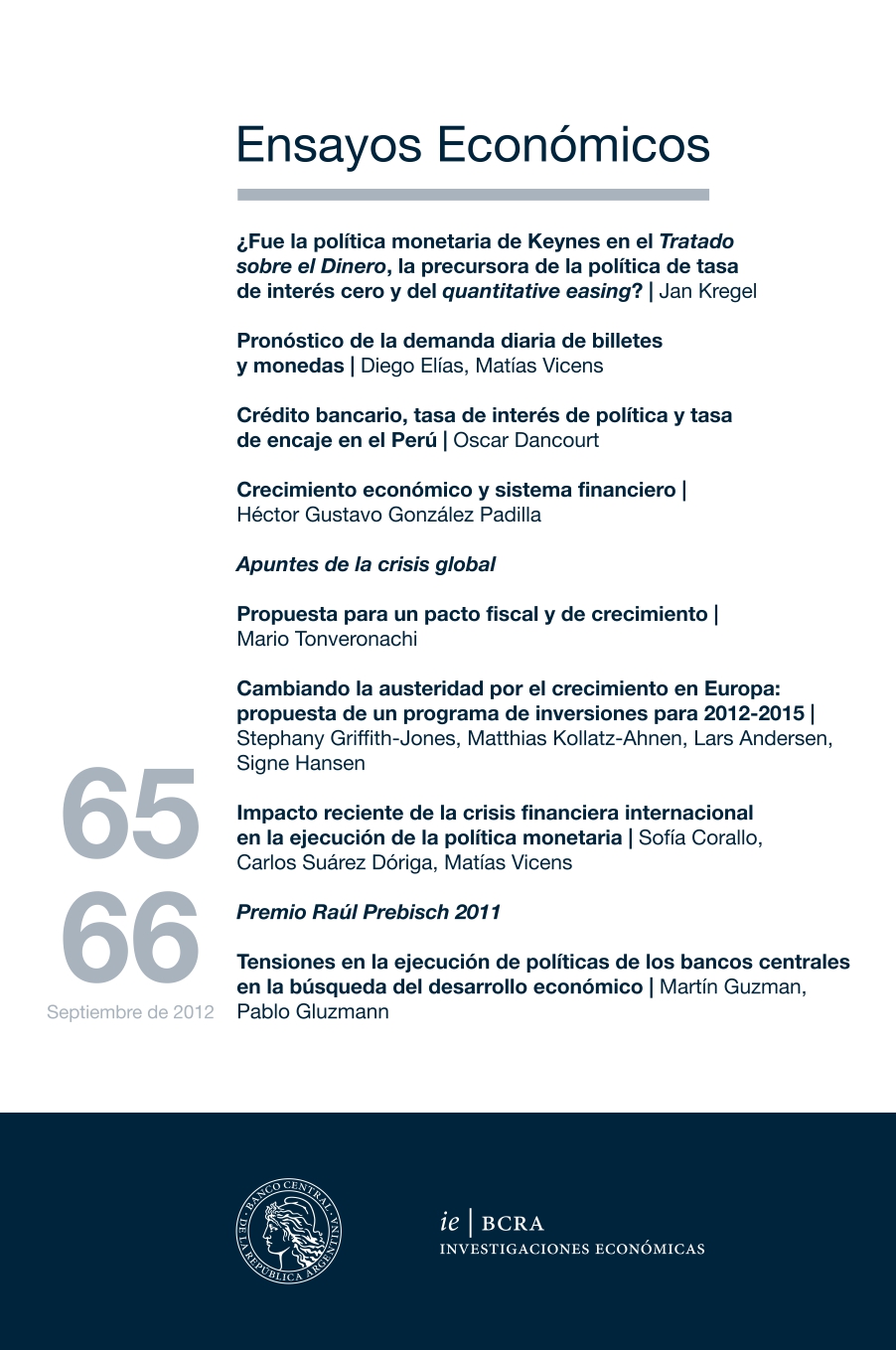Recent Impact of the International Financial Crisis on the Implementation of Monetary Policy
Keywords:
Bank Of England, Bank Of Japan, Central Banks, European Central Bank, Federal Reserve, International Financial Crisis, Lending Facilities, Monetary Policy, Spillovers, Unconventional MeasuresAbstract
The international financial crisis that started in 2007 required the adoption of nontraditional monetary measures by most Central Banks. This paper analyses the recent impact of the crisis (September 2011- October 2012) in the implementation of monetary policy after the worsening of the global situation. Moreover, it endeavors to show with different examples that besides price stability, many central banks attempt to influence other economic variables, such as economic growth and the level of the exchange rate. Additionally, this paper analyses different special funding facilities that prioritizes direct credit stimulus pursuing economic support, playing down the neutrality of the central bank’s policies. This kind of facilities might be implemented by other central banks in the medium term.
JEL classification: E50 ; E52 ; E58 ; E59 ; F01




